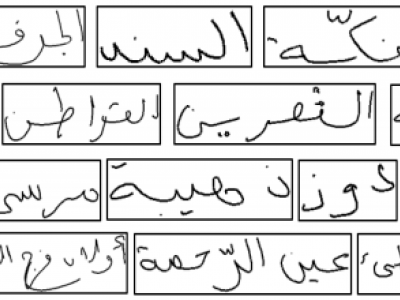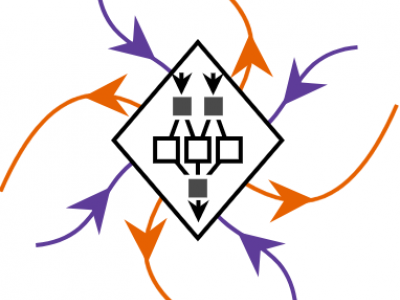Artificial Intelligence
The ADAB database (The Arabic handwriting Data Base) was developed to advance the research and development of Arabic on-line handwritten systems. This database is developed in cooperation between the Institut fuer Nachrichtentechnik (IfN) and Research Groups in Intelligent Machines, University of Sfax, Tunisia. The text written is from 937 Tunisian town/village names. A pre-label assigned to each file consists of the postcode in a sequence of Numeric Character References, which stored in the UPX file format.
- Categories:
 2498 Views
2498 Views
Our dataset, which is Nepali news dataset, contains 17 categories, including Art, Bank, Blog, Business, Diaspora, Entertainment, Filmy, Health, Hollywood-bollywood, Koseli, Literature, Music, National, Opinion, Society, Sports, and World.
If you use this dataset, please cite our paper.
Sitaula C, Basnet A, Aryal S. 2021. Vector representation based on a supervised codebook for Nepali documents classification. PeerJ Computer Science 7:e412 https://doi.org/10.7717/peerj-cs.412
- Categories:
 337 Views
337 ViewsThe dataset consists all the Telugu characters that contains Vowels, Consonants and combine characters such as Othulu (Consonant-Consonant) and Guninthamulu (Consonant-Volwels). The main objective of this dataset to recognize handwritten Telugu characters, from that convert handwritten document into editable electronic copy.
- Categories:
 4539 Views
4539 Views
Training, Test, and Validation data pertaining to the real-time packet data captured in Sonic Firewall is attached herewith.
- Categories:
 217 Views
217 Views
The select_mmsi.xls file is the MMIS number were selected. The information include the gear type of each vessel, the startdate and enddate of random selected 5000 position points. The txt files are the raw information of each position points for all vessel.
- Categories:
 54 Views
54 ViewsThe data collection was carried out over several months and across several cities including but not limited to Quetta, Islamabad and Karachi, Pakistan. Ultimately, the number of images collected as part of the Pakistani dataset were, albeit in a very small quantity. The images taken were also distributed across the classes unevenly, just like the German dataset. All the 359 images were then manually cropped to filter out the unwanted image background data. All the images were sorted into folders with names corresponding to the label of the images.
- Categories:
 2168 Views
2168 Views
This is a supplementary data file, providing the data used to evaluate the performance of our 3D fully convolutional neural network. This network removes reverberation noise from ultrasound channel data. This dataset is simulated ultrasound channel data, simulated in Field II Pro, and has artificial reverberation and thermal noise added. This dataset will be linked to our publication, once it is accepted.
- Categories:
 428 Views
428 ViewsHoloscopic micro-gesture recognition (HoMG) database was recorded using a holoscopic 3D camera, which have 3 conventional gestures from 40 participants under different settings and conditions. The principle of holoscopic 3D (H3D) imaging mimics fly’s eye technique that captures a true 3D optical model of the scene using a microlens array. For the purpose of H3D micro-gesture recognition. HoMG database has two subsets. The video subset has 960 videos and the image subset has 30635 images, while both have three type of microgestures (classes).
- Categories:
 554 Views
554 ViewsWe study the ability of neural networks to steer or control trajectories of dynamical systems on graphs, which we represent with neural ordinary differential equations (neural ODEs). To do so, we introduce a neural-ODE control (NODEC) framework and find that it can learn control signals that drive graph dynamical systems into desired target states. While we use loss functions that do not constrain the control energy, our results show that NODEC produces control signals that are highly correlated with optimal (or minimum energy) control signals.
- Categories:
 731 Views
731 Views




